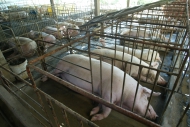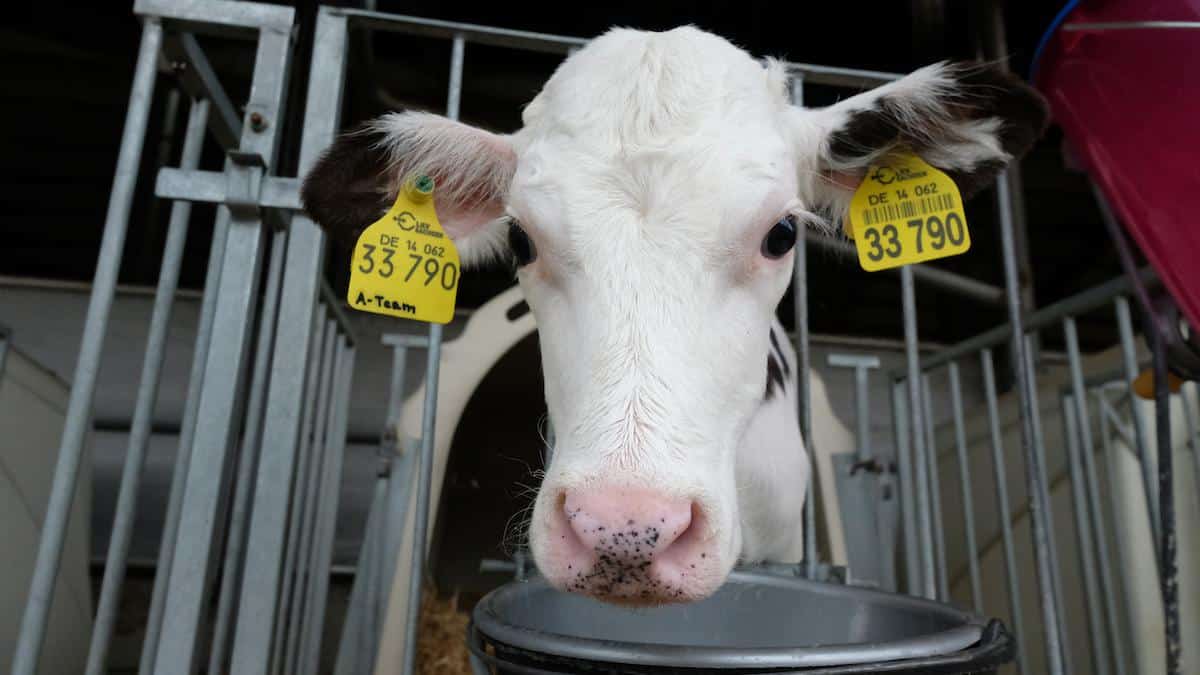tlc1976
Forum Novice
I don’t like AC either, and I wear my coat all day at work even in the summer and sometimes run my heater at my desk. No AC at home, I just keep the blinds closed if it’s sunny and hot, and keep a fan blowing out the upstairs window and pull air in from the cool side of the house. That is if it’s cooler and less humid outside than inside, usually at night. Then close up the house before leaving for work in the morning. The house stays high 60s to low 70s all summer that way. If it gets extremely hot like long stretches of 90-100f, then I can go in the basement which is like an icebox. But that’s rare in these parts.
I definitely need heat in the winter, but I burn pellets which are made from wood waste that would otherwise end up in a landfill. Pellets burn at top efficiency so no smoldering and creosote like a typical wood fire.
I recycle anything I can, and don’t generate much trash since I usually eat from cans. Therefore don’t cook much either. I only wash full loads. Mow the yard every couple weeks, don’t water or fertilize. Switched everything in the house to LED. I fix or repurpose old things, don’t need the latest and greatest anything. I shop at resales often. I went through a lot of years with barely enough money for food and nothing else, so I don’t need much.
I would work from home if they would let me, but I live just 9 miles away, and chose a location where I don’t have to deal with town traffic.
I definitely need heat in the winter, but I burn pellets which are made from wood waste that would otherwise end up in a landfill. Pellets burn at top efficiency so no smoldering and creosote like a typical wood fire.
I recycle anything I can, and don’t generate much trash since I usually eat from cans. Therefore don’t cook much either. I only wash full loads. Mow the yard every couple weeks, don’t water or fertilize. Switched everything in the house to LED. I fix or repurpose old things, don’t need the latest and greatest anything. I shop at resales often. I went through a lot of years with barely enough money for food and nothing else, so I don’t need much.
I would work from home if they would let me, but I live just 9 miles away, and chose a location where I don’t have to deal with town traffic.





